Imagine gliding through turquoise waves only to find the once-colorful underwater cities—coral reefs—reduced to ghostly skeletons. It’s enough to make any ocean lover’s heart sink. Coral reefs, often called the “rainforests of the sea,” are vanishing at an alarming rate. But what if hope could be found in the gentle sway of underwater nurseries, where baby corals are lovingly tended and released to breathe life back into the world’s oceans? The idea sounds almost magical, like nature’s own rescue mission. Coral farming is sparking hope and debate: could these underwater nurseries truly restore the world’s reefs, or is it just a drop in the ocean? Let’s dive under the surface and discover the science, promise, and challenges of coral restoration.
The Beauty and Importance of Coral Reefs

Coral reefs are more than just breathtaking spectacles for divers and snorkelers. They’re vital ecosystems, supporting about a quarter of all marine life despite covering less than 1% of the ocean floor. These vibrant underwater structures provide food, shelter, and breeding grounds for thousands of species. Coral reefs also help protect coastlines from storm surges and erosion, acting like natural sea walls. The economic value is staggering, with tourism, fishing, and pharmaceutical industries deeply reliant on healthy reefs. Their beauty is rivaled only by their importance, making their loss a global concern that goes far beyond aesthetics.
Why Are Coral Reefs Disappearing?
The decline of coral reefs isn’t just happening—it’s accelerating. Climate change is the biggest culprit, raising ocean temperatures and causing widespread coral bleaching. When corals get stressed by heat, they expel the tiny algae that give them color and energy, turning bone white and often dying. Pollution, overfishing, and coastal development further threaten these fragile habitats. Diseases, invasive species, and destructive fishing practices like blast fishing also wreak havoc. It’s a perfect storm of threats, leaving many reefs struggling to survive in an increasingly harsh world.
What Is Coral Farming?
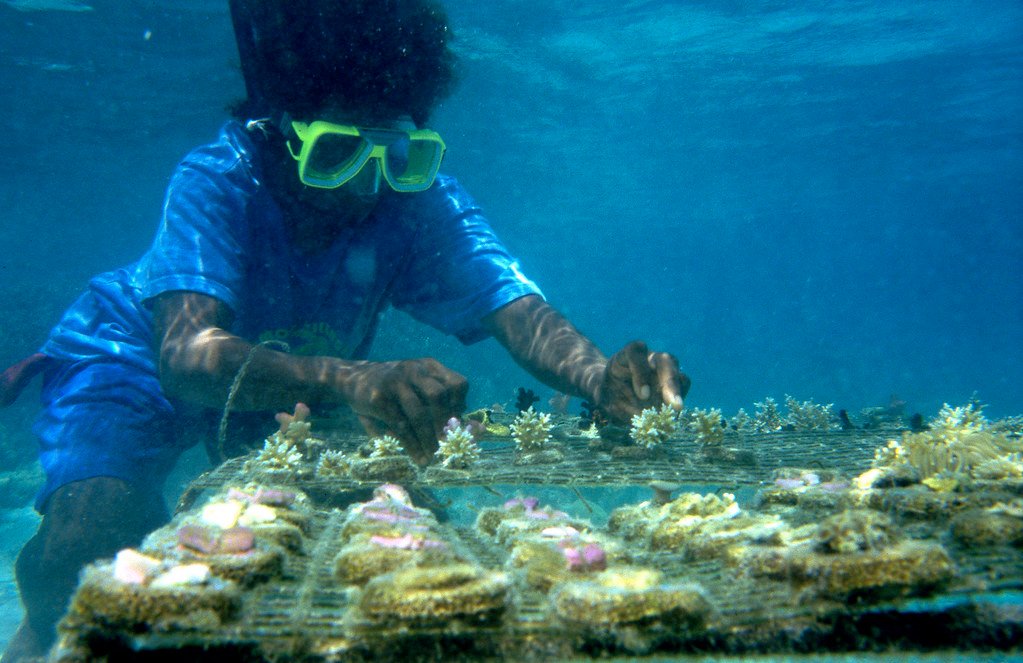
Coral farming, sometimes called coral gardening, is a hands-on approach to reef restoration. Scientists and conservationists collect small fragments of healthy coral, carefully grow them in underwater nurseries, and eventually transplant them back onto damaged reefs. These nurseries can be simple ropes or elaborate structures suspended in the water column, where corals are protected from predators and rough conditions. The goal is to grow tough, resilient corals that can help jumpstart natural recovery when planted back in their wild homes. This technique combines old-fashioned gardening with cutting-edge marine science.
The Science Behind Underwater Nurseries
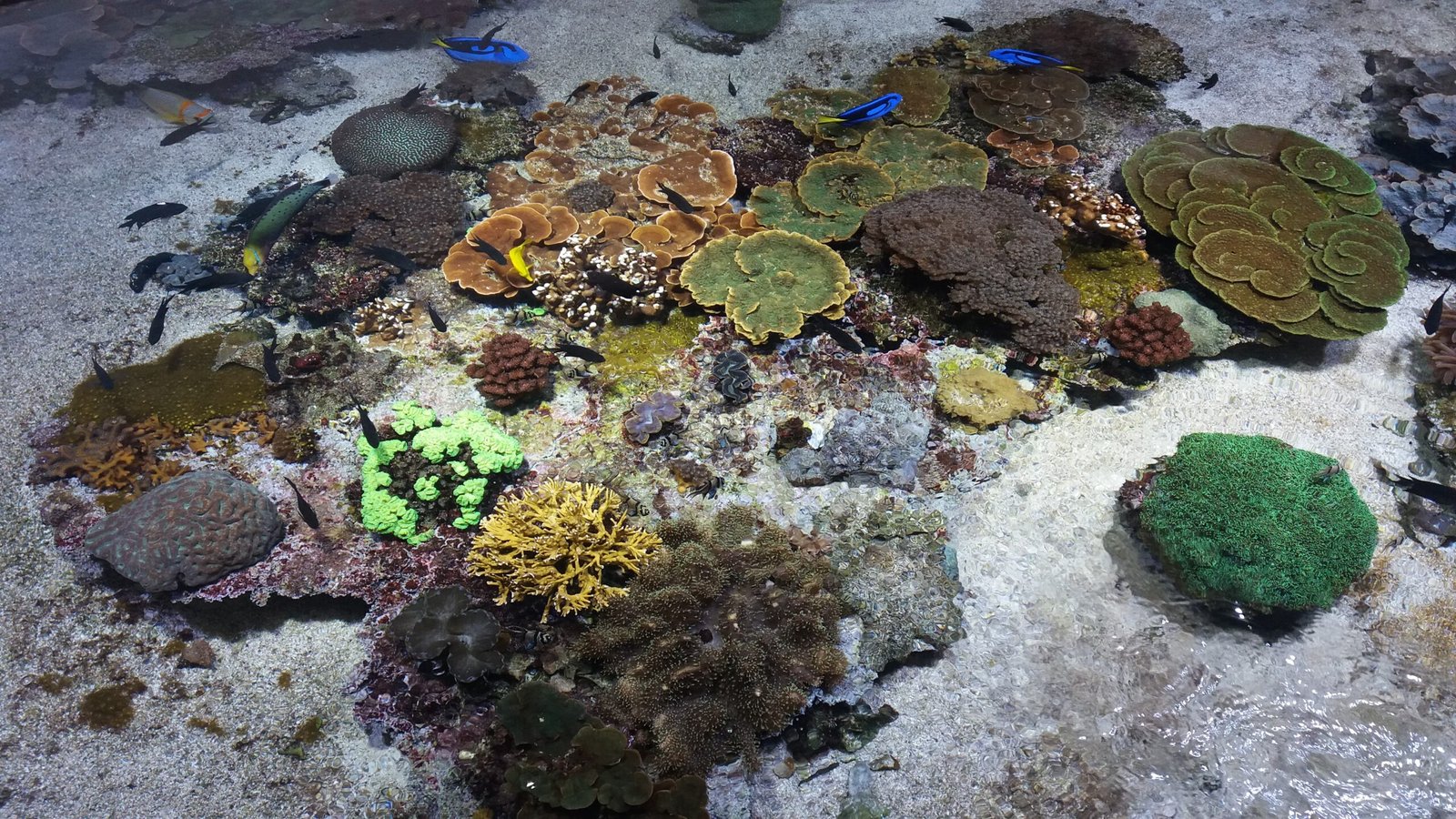
Underwater nurseries are like aquatic greenhouses. Coral fragments, often called “nubbins,” are attached to frames, ropes, or trees anchored to the seafloor or floating in midwater. These nurseries provide stable, safe environments with plenty of sunlight and water flow, helping corals grow faster than they might in the wild. Marine biologists monitor these nurseries closely, checking for disease, algae overgrowth, and predatory snails. Corals are sometimes even bred for specific traits, like heat tolerance, using selective breeding techniques. The science is both delicate and ambitious, blending patience with innovation.
Different Methods of Coral Propagation
Coral farming uses several propagation methods. Fragmentation is the most common—breaking healthy corals into smaller pieces that can regrow. Another method uses sexual reproduction, where coral larvae are collected during spawning events and reared in controlled conditions. Microfragmentation, a newer technique, involves cutting corals into tiny pieces so they heal and grow together rapidly. Each method has its strengths: fragmentation is quick and reliable, while sexual propagation increases genetic diversity. These creative approaches act like a toolkit for reef restoration, offering multiple ways to rebuild what’s been lost.
Success Stories from Around the World
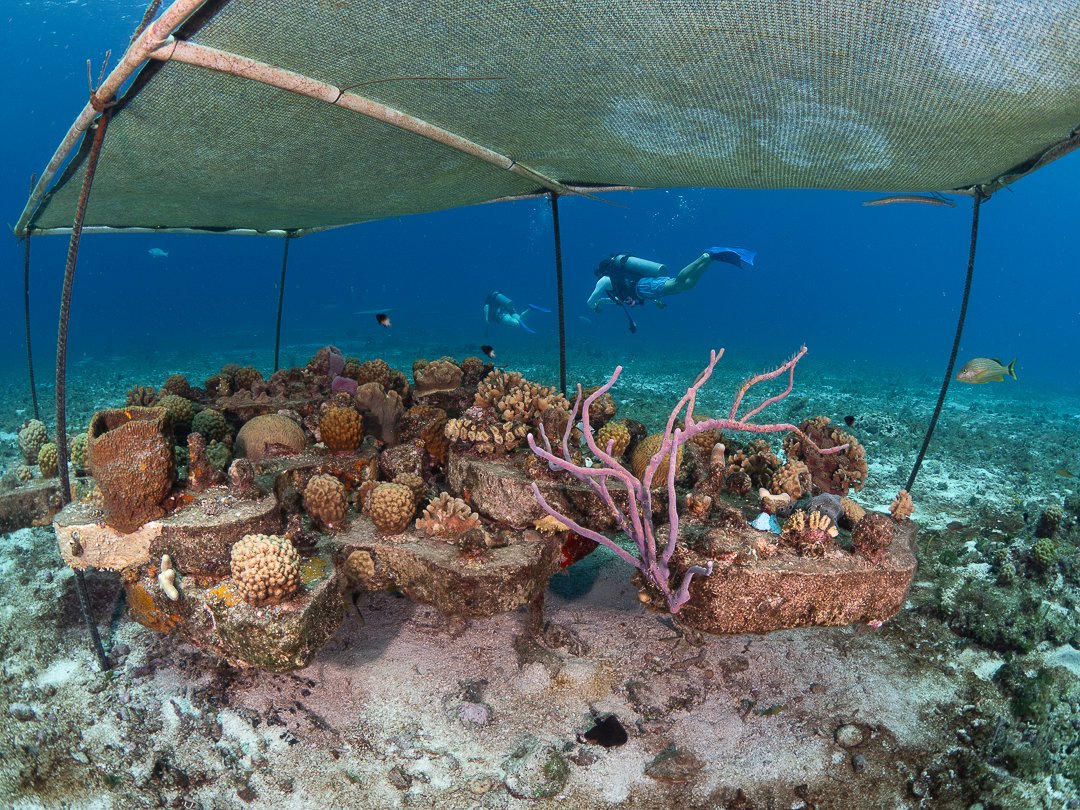
From the Caribbean to the Pacific, coral nurseries are showing real promise. In Florida, scientists have restored acres of reef with nursery-grown staghorn and elkhorn corals. In Australia’s Great Barrier Reef, pilot projects are re-seeding bleached areas with heat-tolerant corals. Small island nations like the Maldives and Seychelles are training local communities to farm and transplant corals, blending conservation with sustainable livelihoods. These success stories are beacons of hope, proving that with the right tools and teamwork, reefs can be nursed back from the brink.
The Role of Local Communities
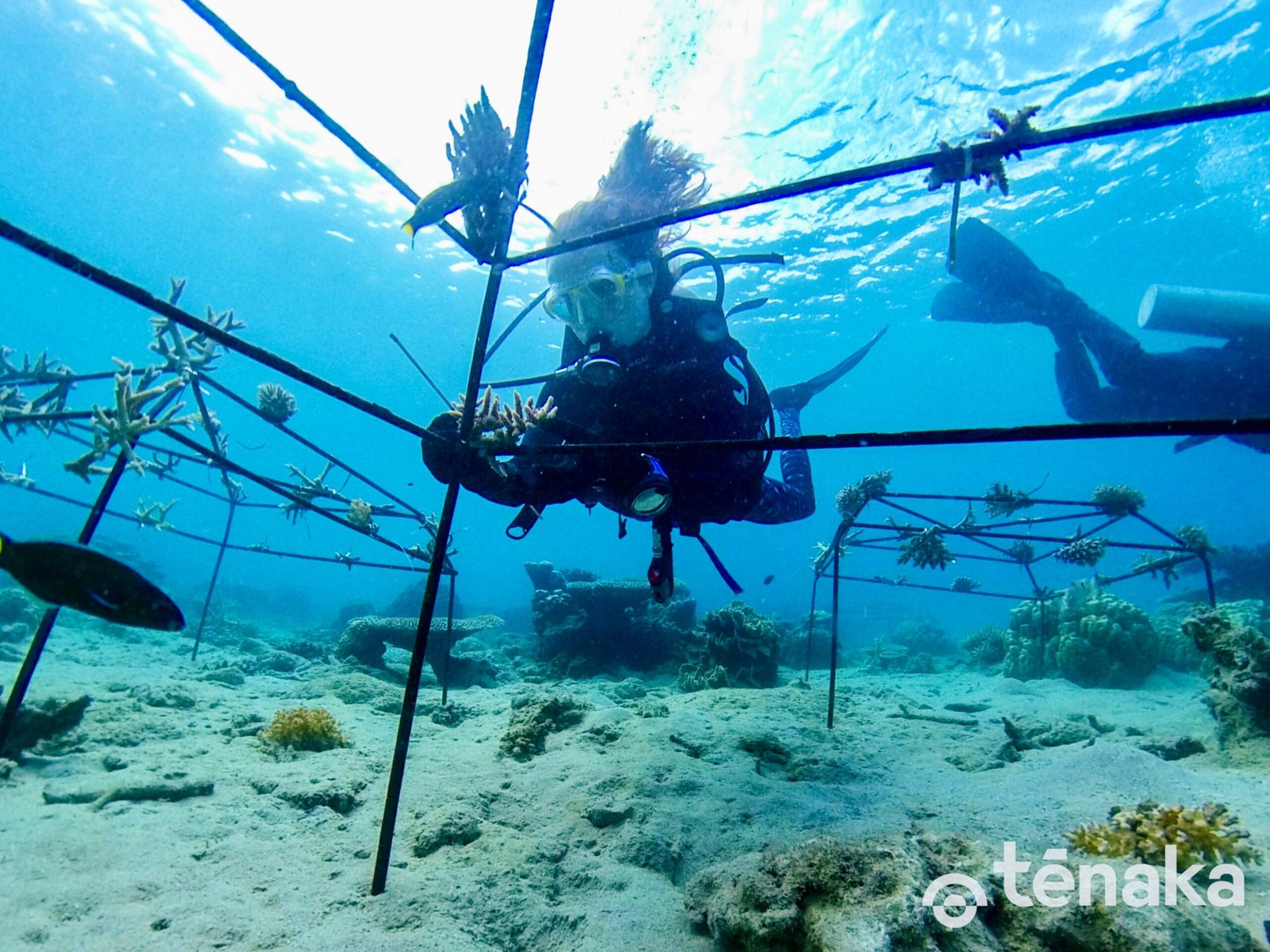
Coral farming isn’t just for scientists—it thrives when local communities get involved. Fishermen, divers, and even schoolchildren are learning to care for nurseries and plant corals. In many places, this work provides jobs and boosts eco-tourism, turning reef restoration into an engine for economic growth. Local knowledge is invaluable, helping identify resilient coral strains and ideal planting sites. By involving those who rely on reefs the most, coral farming becomes a shared mission, strengthening both ecosystems and communities.
Challenges and Limitations of Coral Farming
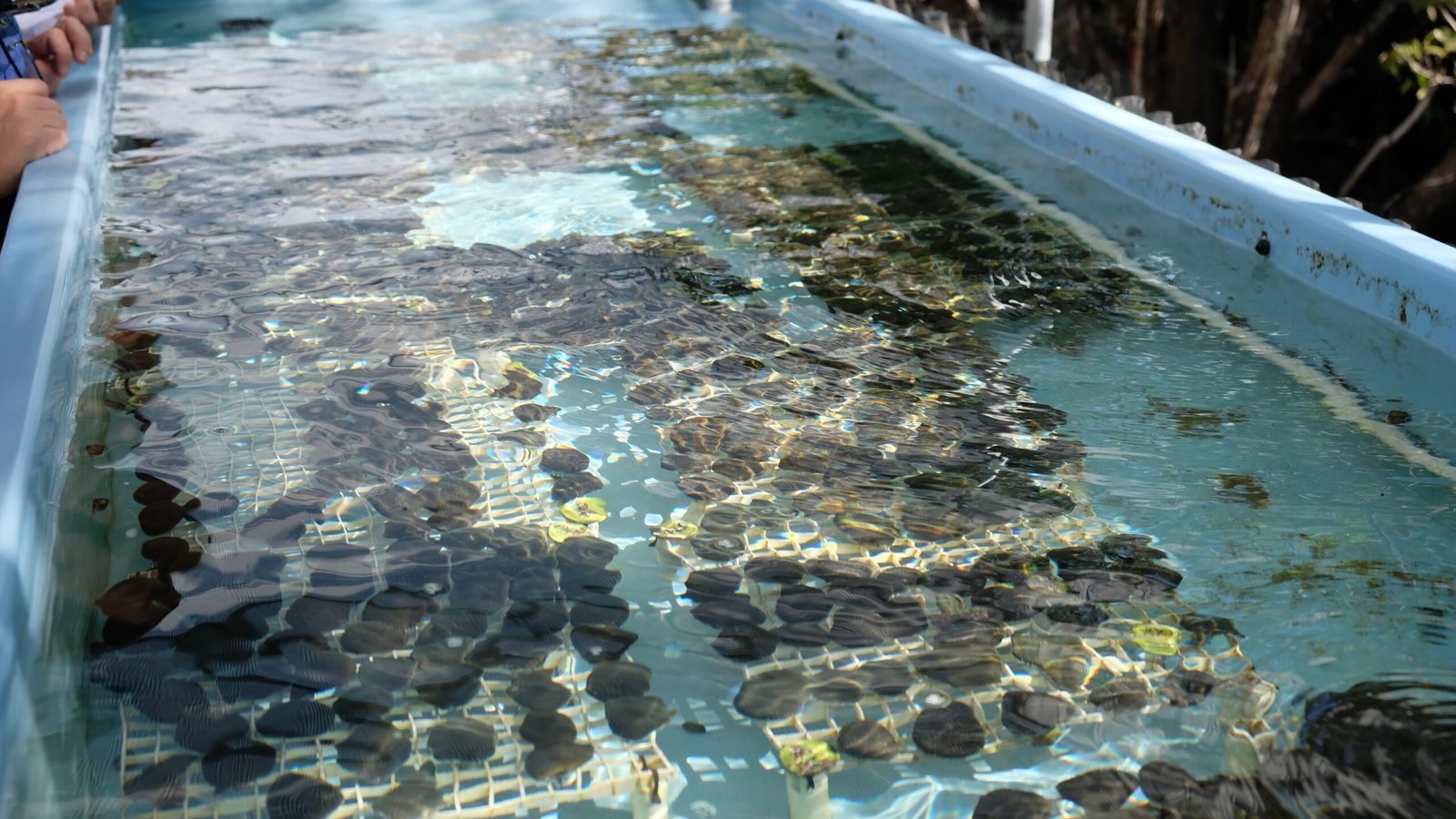
Despite its promise, coral farming faces steep challenges. Scaling up from small nurseries to whole reefs is a monumental task. Climate change and warming seas still threaten newly planted corals, sometimes killing them faster than they can be replaced. Disease outbreaks can wipe out years of hard work. Funding and political will are often limited, making long-term projects difficult to sustain. There’s also a risk that coral farming could be seen as a “silver bullet,” distracting from the urgent need to cut carbon emissions and tackle root causes.
Innovations in Coral Restoration

The world of coral farming is buzzing with innovation. Scientists are experimenting with “assisted evolution,” breeding corals that can survive higher temperatures and acidic waters. Robotics and artificial intelligence are being used to monitor reefs and automate coral planting. Some nurseries are trialing solar-powered underwater structures, reducing their environmental footprint. Biodegradable planting materials help ensure new corals don’t leave behind plastic waste. These creative solutions are making restoration faster, smarter, and more resilient.
Genetic Diversity and Coral Resilience
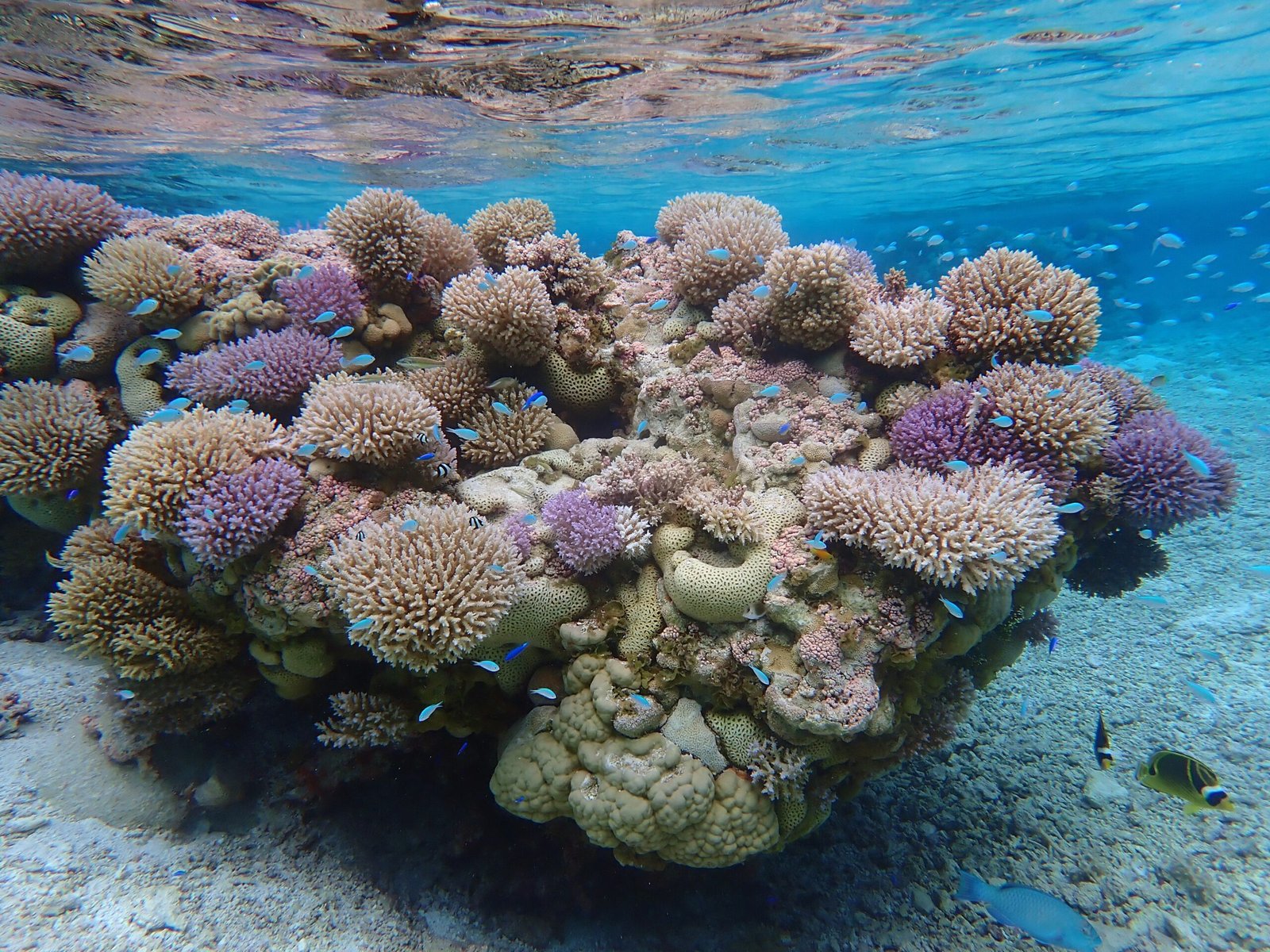
Restoring reefs isn’t just about numbers—it’s about diversity. Coral farming projects are increasingly focused on preserving and enhancing genetic diversity, which is key to long-term survival. By mixing corals from different populations and encouraging sexual reproduction, scientists hope to create reefs that can adapt to changing conditions. Genetic diversity acts like an insurance policy, giving reefs a better shot at weathering future storms, heatwaves, and diseases.
How Underwater Nurseries Work in Practice
Setting up an underwater nursery is equal parts science and art. Divers must carefully select healthy donor corals, avoiding over-harvesting from already stressed reefs. Fragments are attached to nursery structures using special underwater epoxy or cable ties. Regular cleaning is needed to prevent algae and predators from taking over. After six months to two years, the corals are ready to be planted back on damaged reefs, where they’re monitored for growth and survival. It’s a meticulous process, but one that brings tangible results.
The Role of Citizen Science
Coral farming projects often rely on the enthusiasm and dedication of everyday people. Citizen scientists, including divers and snorkelers, help collect data, maintain nurseries, and even assist in transplanting corals. These volunteers provide valuable manpower and spread awareness about reef conservation. Engaging citizens turns restoration into a public adventure—one where everyone can play a part in healing the ocean’s wounds.
Coral Farming and Climate Change Adaptation
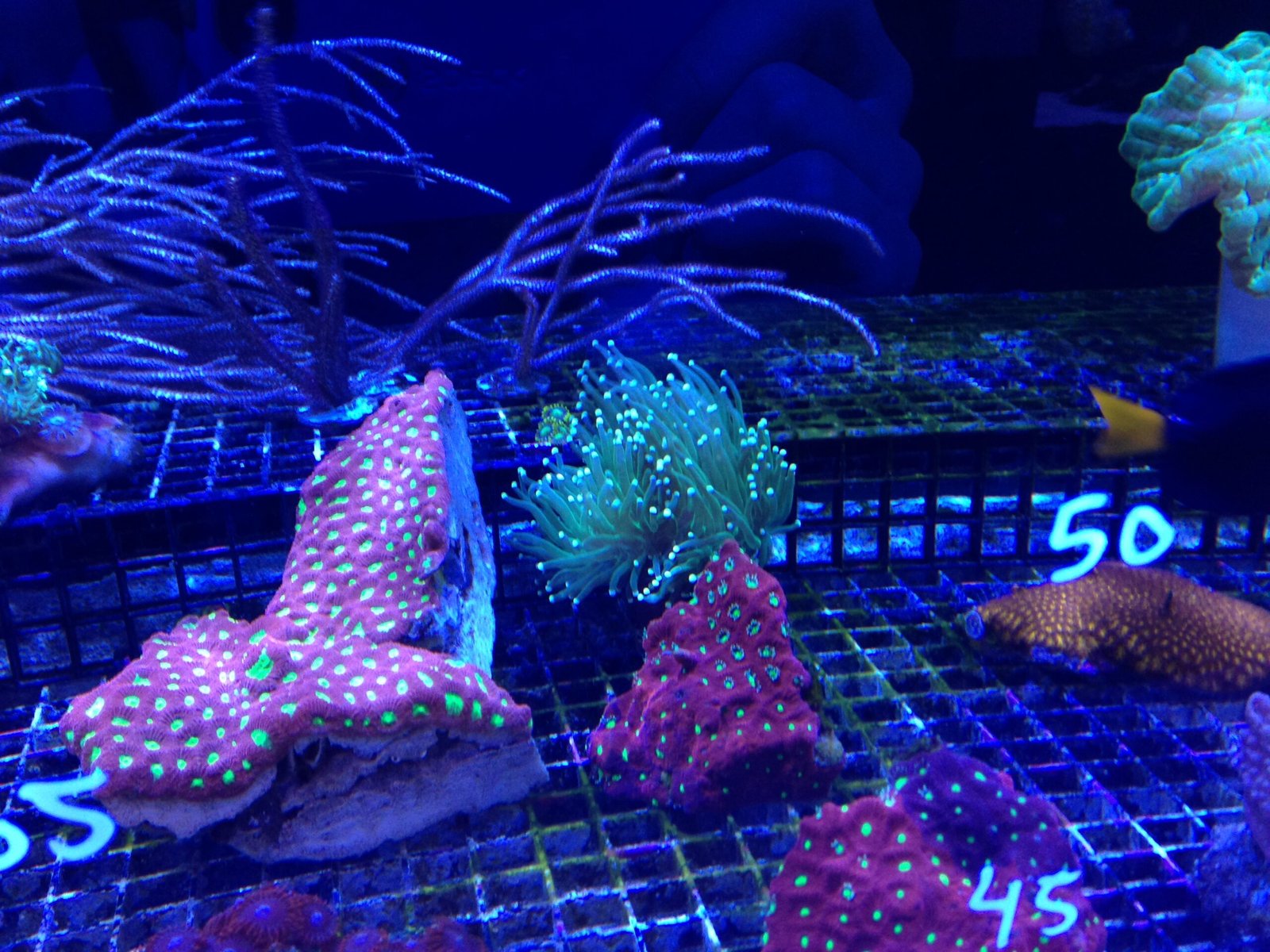
As climate change continues to batter marine ecosystems, coral farming is evolving to meet new challenges. Researchers are focusing on propagating corals that can tolerate higher temperatures and more acidic waters. This “climate-smart” approach is essential for future-proofing restoration efforts. The race is on to identify and breed super-corals that can withstand tomorrow’s oceans, turning coral nurseries into test beds for resilience.
The Economics of Reef Restoration
Restoring reefs isn’t just about ecology—it’s also about economics. Healthy reefs support fisheries, tourism, and coastal protection, generating billions of dollars annually. Coral farming projects can create local jobs, attract grants, and boost sustainable tourism. However, restoration is expensive and requires ongoing investment. Balancing costs and benefits is a major challenge, but many argue the returns far outweigh the initial price tag. After all, a dead reef is a lost opportunity for everyone.
Coral Nurseries as Living Laboratories

Underwater nurseries are more than just coral farms—they’re living laboratories. Researchers use them to study coral biology, test new restoration methods, and monitor environmental changes. Experiments in nurseries have led to breakthroughs in disease management and selective breeding. These living labs are teaching us how corals respond to stress and what we can do to help them thrive. Every new coral planted brings fresh insights, fueling a cycle of discovery and hope.
Partnerships and Global Collaboration
Saving the world’s reefs is too big a job for any one group. International partnerships are springing up, bringing together scientists, governments, nonprofits, and businesses. Programs like the Coral Restoration Consortium and the International Coral Reef Initiative share knowledge, resources, and best practices. Global collaboration accelerates progress, avoids duplication, and spreads the impact of successful projects. The spirit of teamwork is turning the tide for coral reefs.
Potential Risks and Ethical Questions
While coral farming sounds like a win-win, it raises important ethical questions. Should we intervene in nature or let reefs recover on their own? Could introducing new coral strains disrupt local ecosystems? There’s also the danger of “shifting baselines,” where people accept degraded reefs as normal because they never knew what was lost. Responsible restoration means weighing these risks carefully and putting the health of the ecosystem first.
Future Prospects for Coral Restoration
The future of coral farming is both exciting and uncertain. Technological advances and growing public interest are pushing the field forward, but the scale of the challenge is daunting. With climate change accelerating, the window for action is shrinking. Still, every successful transplant, every new nursery, and every community project brings hope. The dream of restoring the world’s reefs is alive—and growing stronger with every coral farmed.
What You Can Do to Help Reefs Survive

You don’t have to be a marine biologist to make a difference for coral reefs. Simple actions—like reducing plastic use, supporting sustainable seafood, and spreading awareness—can have a ripple effect. Eco-conscious travel and responsible snorkeling or diving help preserve fragile habitats. Many organizations offer opportunities to volunteer or donate to coral restoration projects. By making small changes in our daily lives, we can all become part of the solution, helping underwater nurseries flourish and reefs recover.
Coral reefs are at a crossroads, but the story isn’t over yet. Underwater nurseries are proof that with compassion, creativity, and commitment, humans can help heal the ocean’s wounds. The next time you look out over the sea, ask yourself: could a new generation of coral farmers turn the tide for our planet’s most astonishing underwater treasures?



